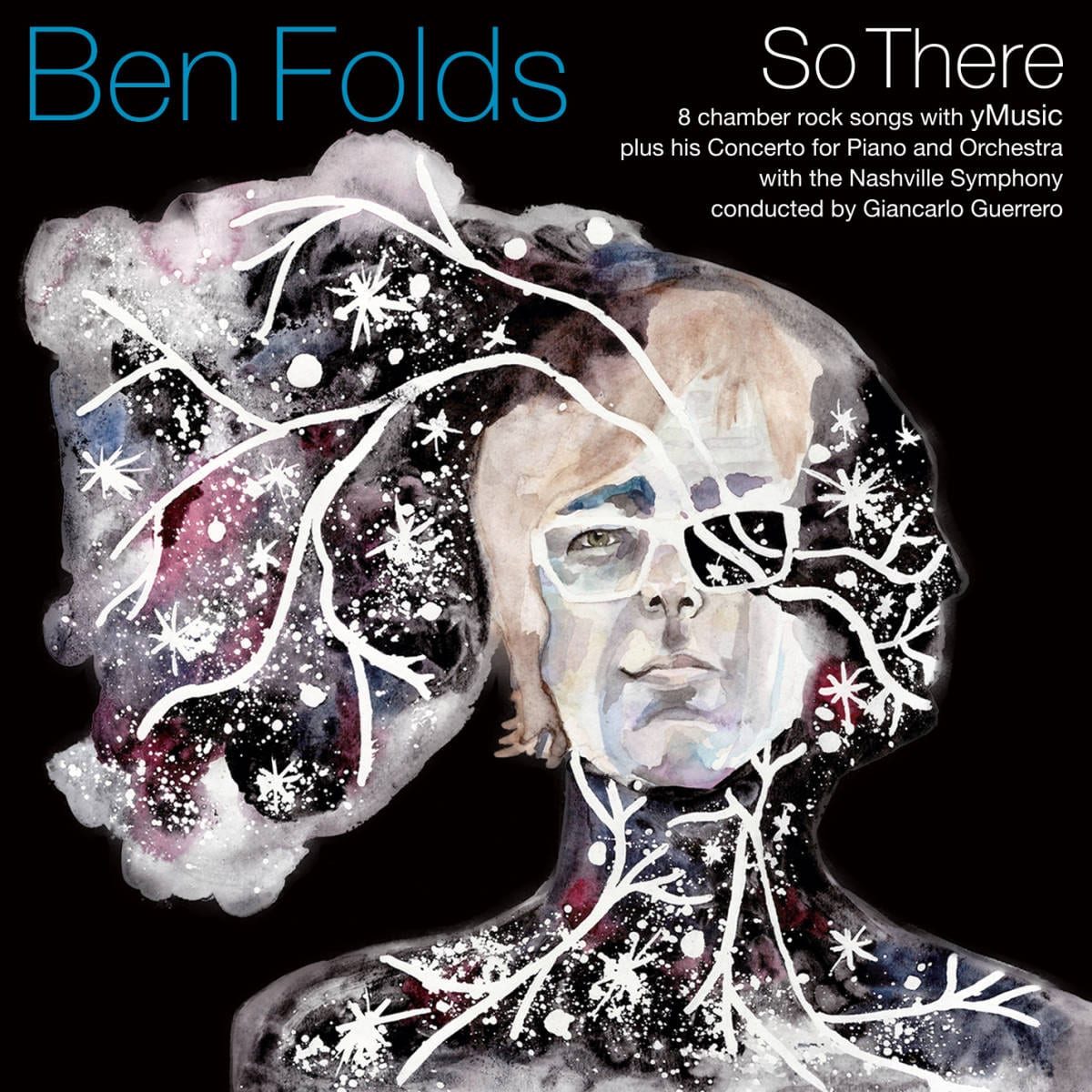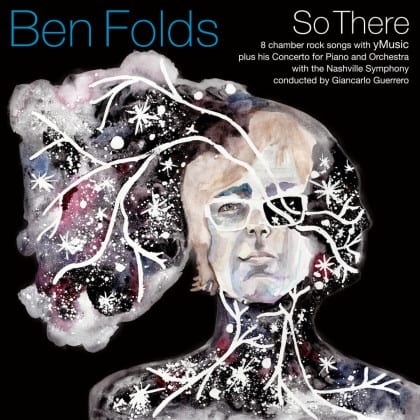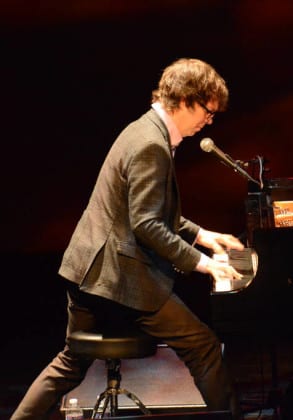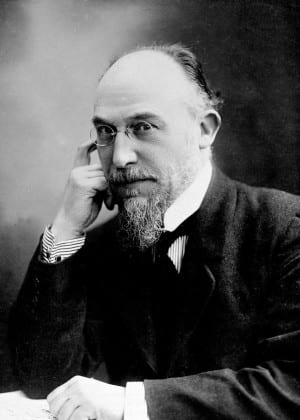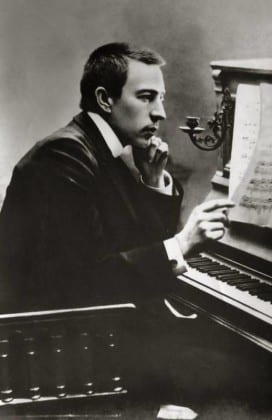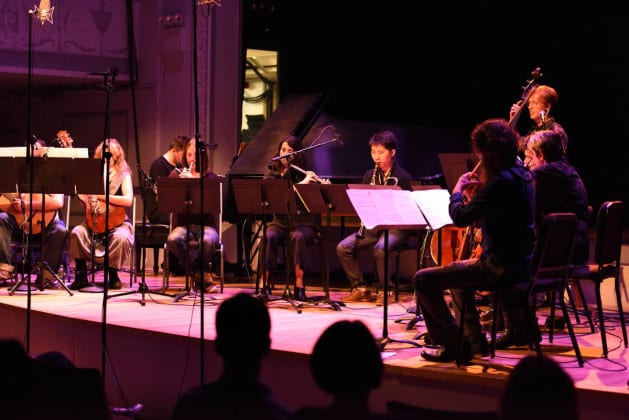As the title suggests, Ben Folds has something to prove. And after a listen, the title is appropriate. “So There” is quite the display of plumage.
Some may be surprised to learn that Folds is a trained percussionist. He studied at the University of Miami’s reputable Frost School of Music, falling one credit short of graduation. This classical training isn’t apparent in his previous work with Ben Folds Five, wherein he sounds a little like a piano-playing Ben Gibbard fronting a mostly-acoustic Counting Crows, but “So There” displays the fruits of a proper education at a time when a laptop and Fruity Loops is often enough to start what passes anymore for a “career in music.”
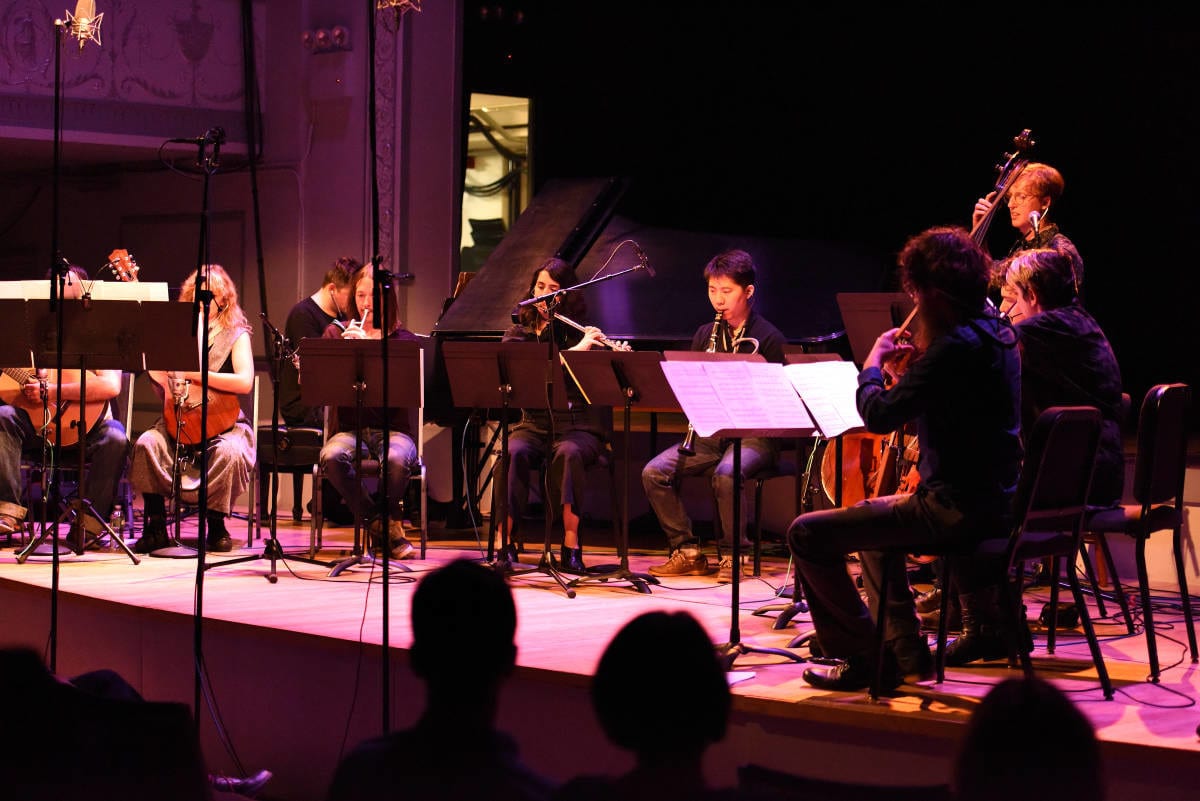
Backed by the classical sextet yMusic, Folds calls “So There” “chamber rock,” but it doesn’t quite rock. It ventures into highbrow territory, and it might have felt comfortable a few decades ago alongside the work of other intelligent music like Gerry Rafferty or Steely Dan, who employed a similarly cerebral aesthetic but to groovier ends. The biggest difference between “So There” and the rest of the slop in the current musical feeding trough is that one could actually make a case for it being art rather than mere entertainment.
“So There” is baroque pop, for sure, but Folds’ usual flat, boyish delivery lends a certain flavor of musical theatre—the genre that grapples with country music as being the official lowest form of musical expression. At times, the album seems like it could’ve been one of Jason Robert Brown’s musical revues. Folds’ songs are already a bit campy to begin, sometimes almost seeming like a high-pitched Randy Newman. Adding chamber orchestra to the mix does nothing to diminish the latent cheesiness of his style. However, that’s a matter of taste more than skill or integrity, and Folds offers some of his most mature songwriting to date.
In addition, Folds decided—why not?—to tack a piano concerto onto the album. No kidding. The last three tracks are, somewhat randomly, his “Concerto for Piano and Orchestra.” Without it, there’s only 25 minutes of music here—enough to constitute a solid EP, but nothing near a full release. The concerto only rounds the album out to a modest 45 minutes. It makes for an odd but not completely bizarre dichotomy, and why Folds didn’t choose to release the concerto on Naxos—the classical-only label for which the accompanying Nashville Symphony has recorded extensively—is a mystery.

The best guess? Marketing. One might imagine that the average Ben Folds fan is slightly more educated than the rest of the population, and perhaps Folds is banking on an appreciative audience. How Folds would be—or is—accepted by the ivory tower of the classical world is dubious. Otherwise, the concerto, which as a contemporary classical offering is indeed above-average, seems out of place. But hey, there it is. Call “So There” a miniature double album.
“Capable of Anything” opens with Folds’ piano accompanied with flute flourishes and staccato violin punctuation. Vocally, he still sounds like David Wain. His plain, half-spoken inflection does little to distract the listener, who almost expects to hear Stella compatriots Michael Showalter and Michael Ian Black dressed in suits to jump in on background vocals, jazz hands aflutter.
Almost foreshadowing the album’s appending work, “I’m Not a Fan” details how Folds isn’t a fan of shallow pop culture: “Shaking his ass / And you call it art.” In this light, “So There” can be seen overall as a push against the mainstream musical culture. The breadth of expression in “Not a Fan” is nearly comical in contrast to the lightness of the subject matter, but take the words away and you are left with something truly tender.
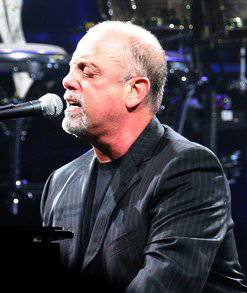
minds-eye / CC BY-SA 2.0
The title track jumps in, feeling like older Ben Folds—the closest thing to fresh Billy Joel songs we’re gonna get. A well-orchestrated bridge with a little call and response between the piano and the ensemble makes “So There” a catchy yet intelligent song.
“Long Way to Go” follows similarly, still feeling like Ben Folds Five with violins. This heavy waltz drags slightly, but some group yelling grabs the attention about two-thirds of the way in. In “Phone in a Pool,” the ensemble further takes a backseat, providing flavor and texture more than really sharing the stage.
Folds makes better use of the ensemble in “Yes Man.” He keeps it light and poppy with lines like “Why didn’t you tell me that I got fat.” Otherwise, it’s a more substantial arrangement than some of the past few songs, with the group pulling more of the weight and Folds concentrating on vocals, offering some fun, Queen-like swells catching the ear.
“F10-D-A” is without a doubt the dud on this album. Singing the names of musical notes is about as cheesy as it can get. Calling it a “big fat D” doesn’t compensate, and treating “C” and “B” as homonyms of “see” and “be” are egregious musical puns.
So when “I’m Not The Man” rolls up, the album is basically over. Cymbals crash as Folds waxes nostalgic and philosophical, saying he’s not the man he used to be and dropping a few other somewhat tired lines.
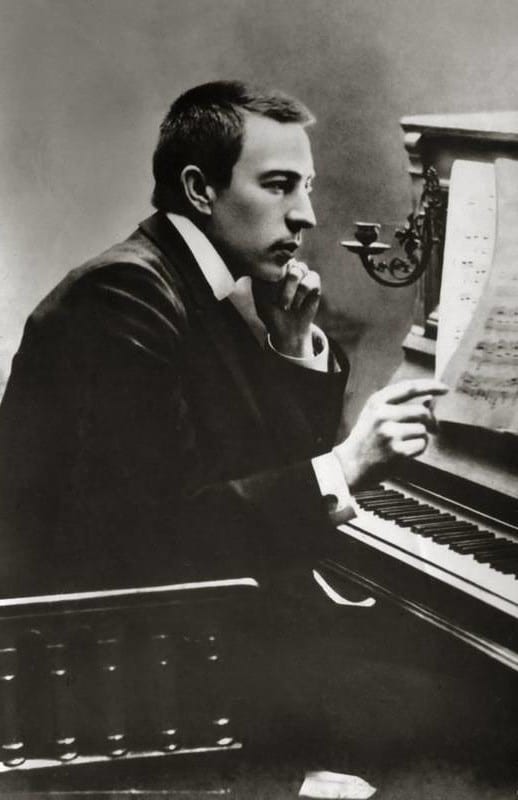
A casual listener would be shocked by the ninth track, which is the first movement of Folds’ piano concerto. Folds’ orchestral voice has prominent elements of Bernstein, Copland, and Rachmaninov. (How beautiful it would be to be able to say Folds resembles Samuel Barber rather than Rachmaninov to complete that infamous homosexual love triangle.) His harmonic language is flexible enough to skip effortlessly between the best of several neoclassical and postmodern composers, at times sounding like a seasoned film scorer. His blending of pop harmonic vocabulary as well as orchestration is reminiscent of Bernstein, but his sense of lyricism, flourish, and chromaticism is decidedly Rachmaninovian, and his orchestration tends to be—like Copland—significantly lighter than either. Along those lines, one could compare him to Michael Torke: the neoclassical elements and lightness of texture are there; however, the minimalism is not.
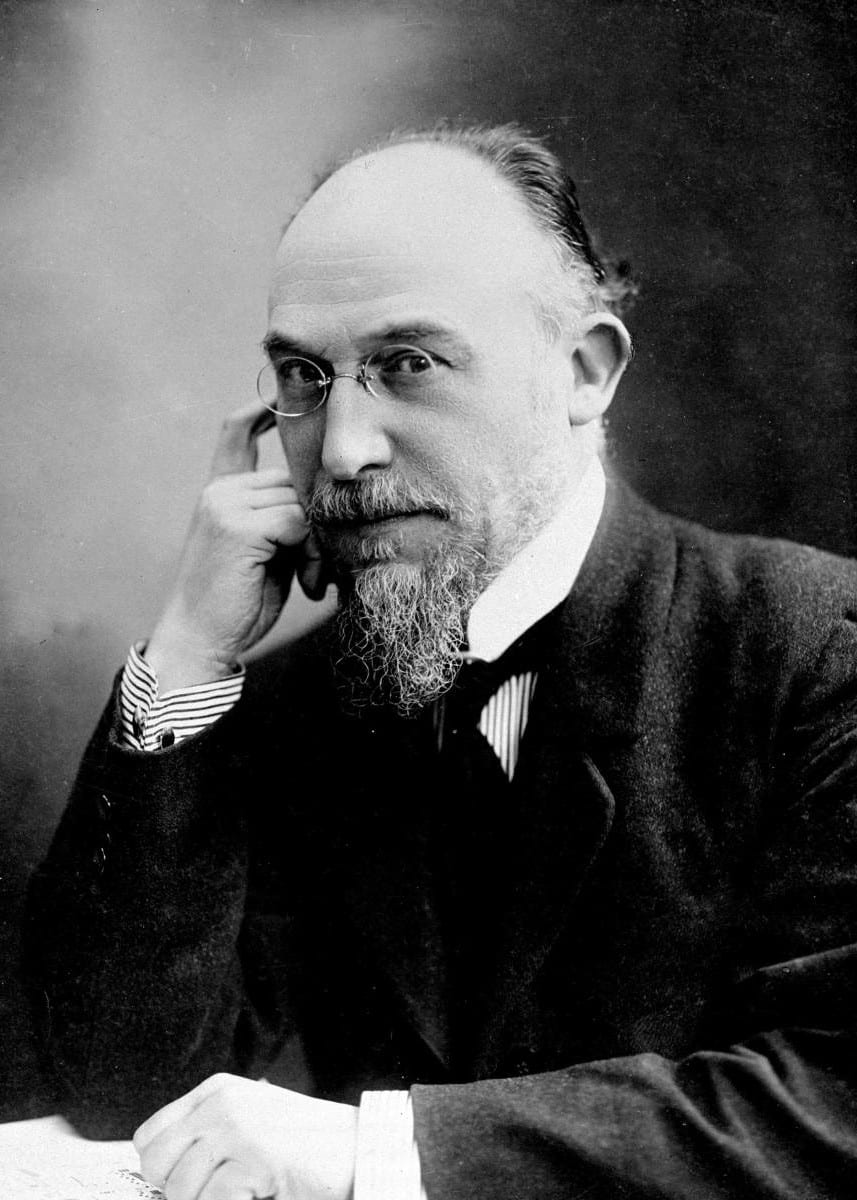
Seemingly through-composed, the first movement opens fairly dramatically, and the piano enters after a minute or so, with the left hand rumbling. The language is decidedly modern but tonal, and percussion is used liberally but not excessively. A cadenza spills into a weeping cello line, after which the movement nearly dies out completely before a slightly Satiesque waltz appears, seemingly out of nowhere. For better or for worse, the only thing that the first movement lacks is structural cohesion. No discernible themes are developed or recapitulated; rather, Folds seems to prefer ten minutes of cinematic narrative, and he achieves it.
Vibraphone and chimes open the second movement, which appears to be a modified sonata form. Folds drips a sparse and petite melody over tremolo swells in the strings. Unlike the first movement, the second is far more focused, fixating upon this motif which permeates the piece and is developed throughout. Folds’ sense of countermelody is superb, as the primary theme is passed back and forth between the piano and orchestra seamlessly. A secondary theme appears, hovering for a moment in a Phrygian mode before dissolving into a shimmer of descending arpeggios as the ensemble comes to a rest. The primary theme is restated, and both the tremolo swells as well as the vibraphone and chime statement that opened the movement bring it to a close.
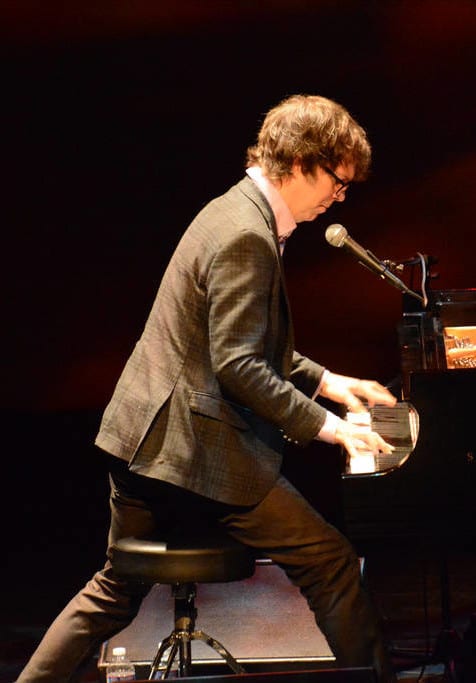
Behold Folds’ virtuosity in the third movement, which has the fire of a Joseph Schwantner concerto but with a more harmonic vocabulary that is by far more accessible and palatable to the general public. Folds appears to have one hand inside the piano at one point, damping and releasing the strings for effect and articulation as he hammers out a triad in the other hand. There are a few blazing licks that are executed flawlessly.
In the second movement, he sang; here, he shreds. Perhaps he’s let these chops loose live, but has he ever totally fired them up like this on a recording before? In fact, it’s doubtful that anyone suspected that he is even capable of the precision, speed, and accuracy he displays in the third movement. When recording with an orchestra, there are no studio overdubs or do-overs. But Folds delivers.
“So There,” indeed. “Take That” would have been just as suitable a title. It’s indisputably a bizarre and unexpected album, condensing decades of Folds’ own evolving voice into one album. It does present questions of presentation, primarily of why on earth Folds would append a classical work—and it is unquestionably that—to a pop album, baroque or not. But he’s clearly making an attempt at forging new territory, and sneaking classical music into the mainstream is certainly that. And any effort towards nudging the public away from the steaming pile of manure that is current pop culture is to be applauded. While it may not appear to be a future double-platinum album, “So There” is worth a listen, not only for the novelty but for the exceptional musicianship.

